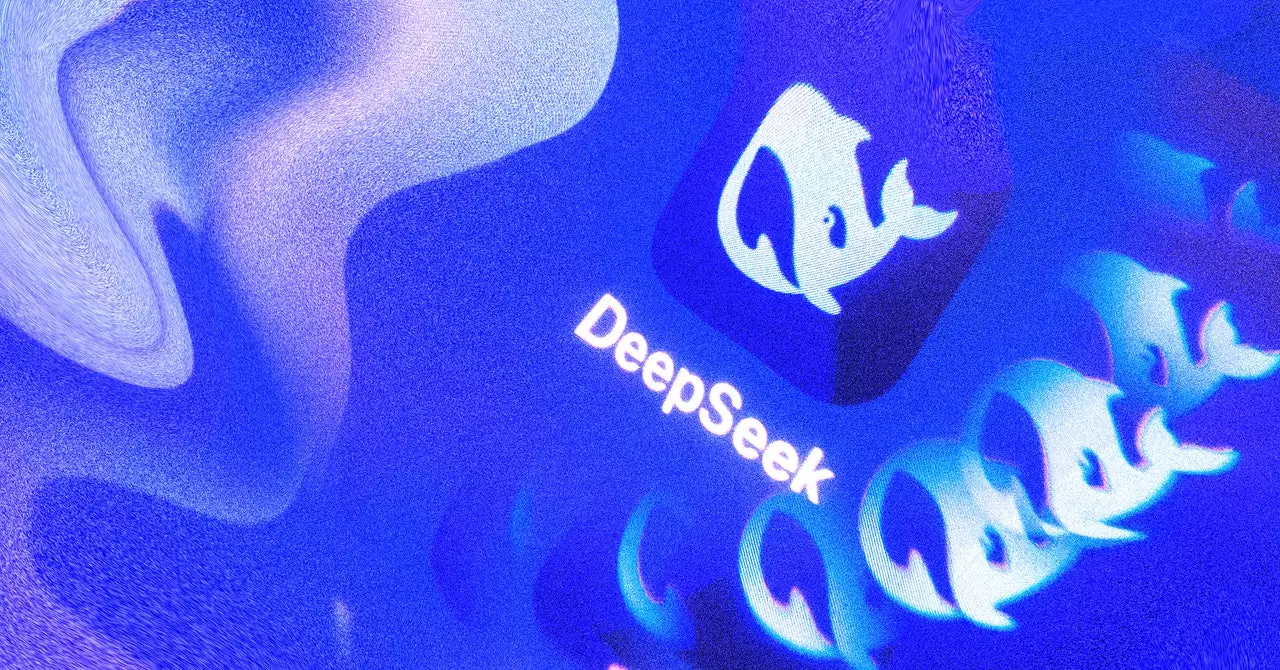The ongoing evolution of artificial intelligence (AI) has reached an inflection point with the introduction of DeepSeek’s latest models. While the precise costs associated with the development of these models remain elusive, the implications they may have on the AI landscape are clear and far-reaching. This article delves into the different dimensions of DeepSeek’s advancements, examining their significance, cost dynamics, and the broader context within which they exist.
Understanding the full scope of what it takes to develop a state-of-the-art AI model is notoriously complex. Key figures often cited, such as the often-quoted $6 million figure for DeepSeek’s development, might represent only a fraction of the total investment required. Umesh Padval, managing director of Thomvest Ventures, postulates that the true figure could be as high as $60 million. Despite uncertainty surrounding the financial outlay, such developments could disrupt the profitability of companies heavily focused on consumer AI.
The investment figures are only part of the story. As the market reacts to advancements like DeepSeek’s models, the potential for cost-cutting across organizations becomes a priority. Databricks’ co-founder, Ali Ghodsi, noted how clients have been eager to utilize DeepSeek’s innovative techniques to reduce their operational expenses. This growing interest in cost-efficient AI solutions underscores a shifting atmosphere in the tech sector.
DeepSeek’s recent models, notably R1 and R1-Zero, showcase sophisticated capabilities in simulated reasoning that rival offerings from leading companies such as OpenAI and Google. These models leverage a technique known as distillation — a process where a more prominent, comprehensive language model imparts its knowledge onto a smaller, more efficient model. This method not only streamlines the learning curve but also makes the technology more accessible to various organizations.
For instance, Amjad Massad, CEO of Replit, expressed admiration for the R1 model, especially highlighting its proficiency in converting text commands into executable code. While he still regards Anthropic’s Sonnet model as superior for certain engineering tasks, the growing capability of DeepSeek’s offerings hints at a rapid evolution in AI functionality that could redefine how coding and development tasks are performed in the near future.
Despite the promising advances represented by DeepSeek, there remains a significant barrier: trust. As companies recognize the potential for cost savings, many are wary of relying on a model that stems from China, especially for sensitive applications. Perplexity, a notable AI player, publicly confirmed its use of the R1 model but made clear that it operates independently of Chinese control. This concern is emblematic of a larger anxiety surrounding where and how AI is developed, and the implications for data privacy and security.
The geopolitical backdrop — wherein tensions between the U.S. and China have led to heightened scrutiny over technology transfer and access to advanced chips — plays a pivotal role. The U.S. government has enacted a series of restrictions designed to limit China’s acquisition of critical AI hardware, raising questions about how a Chinese entity like DeepSeek could navigate these constraints.
Hardware access is a crucial component that determines the scalability and future development of AI models. DeepSeek’s documented utilization of Nvidia chips, including claims of a cluster of 10,000 A100 chips, opens the door to numerous speculations regarding the extent of their resources and capabilities. While Nvidia maintains a neutral stance on the specifics of DeepSeek’s hardware use, it acknowledges the high-performance demands inherent to the methodologies employed by DeepSeek.
In a climate of escalating restrictions on technology transfer to China, the commitment to open-source models could provide a key competitive edge for companies willing to embrace innovative solutions. HuggingFace’s CEO Clem Delangue anticipates that this non-isolated approach will accelerate breakthroughs in AI, suggesting that the rapid pace of innovation will continue to unfold within the space.
As the AI landscape continues to evolve, DeepSeek’s models present both opportunities and challenges for businesses and developers alike. The tension between innovation and trust, cost and effectiveness, geopolitical risks, and hardware access creates a complex web that needs to be carefully navigated.
While the specifics surrounding DeepSeek’s advancements and associated costs remain somewhat opaque, what is clear is the game-changing potential of these models. As companies delve into the implications of these developments, they will need to weigh the advantages against the challenges posed by reliance on foreign technology. The future of AI is no longer a distant prospect; it’s unfolding before us, and how stakeholders respond could redefine the industry landscape for years to come.

